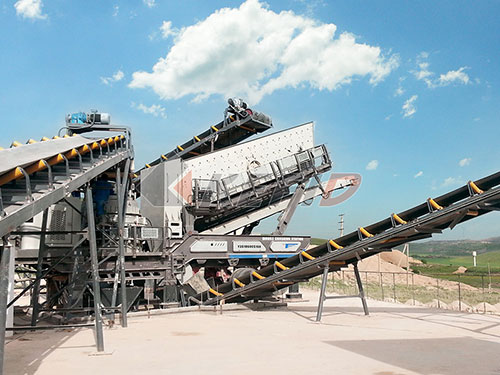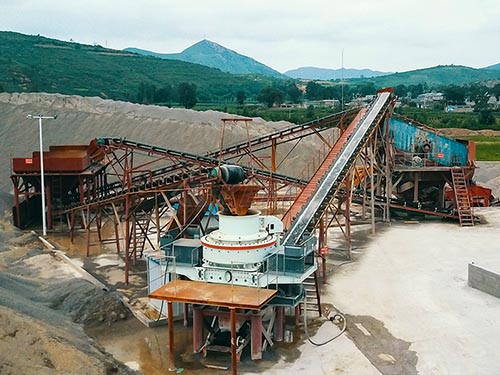Crushing Concrete: Unlocking Value and Sustainability with Concrete Crushers

The modern construction landscape demands efficiency, cost-effectiveness, and environmental responsibility like never before. Amidst mountains of demolition debris and renovation waste lies a significant resource often overlooked: concrete rubble. Enter the concrete crusher, a powerful piece of equipment transforming discarded slabs, foundations, sidewalks, and structures into valuable recycled aggregate – a cornerstone of sustainable building practices.
More Than Just Breaking Rocks: The Core Function
At its essence, a concrete crusher reduces large chunks of demolished concrete into smaller fragments or specific-sized aggregate using mechanical force – typically compression or impact.
1. Feeding: Demolished concrete pieces are fed into the machine’s crushing chamber.
2. Crushing: Powerful jaws (in jaw crushers), rotating hammers/impellers (in impact crushers), or specialized cones exert immense force to fracture the concrete.
3. Screening & Sorting: Crushed material passes through screens to separate it into different sizes (e.g., base material, drainage stone).
4. Output: The resulting product is clean(ed) recycled concrete aggregate (RCA).
Types Tailored for Task:
Choosing the right crusher depends heavily on project scale and mobility needs:
1. Jaw Crushers: The workhorses of primary crushing.
How: Use two vertical jaws – one stationary, one moving – to compress material until it breaks.
Best For: Larger demolition projects requiring high-volume processing of initial large debris into manageable chunks.
Output: Generally coarser aggregate.
2. Impact Crushers (Horizontal Shaft Impactors – HSI): Masters of shaping.
How: High-speed rotating hammers/impellers throw feed material against breaker plates or aprons using impact force.
Best For: Producing more cubical-shaped aggregate desirable for applications like road base or drainage layers; effective at processing rebar-laden concrete.
Output: Well-graded material with good shape.
3. Cone Crushers: Precision secondary/tertiary crushing.

How: Material falls into a chamber between an outer concave bowl and an inner gyrating mantle; crushed by compression as it moves down through narrowing space.
Best For: Further reducing pre-crushed material to specific sizes for high-quality applications like new concrete mixes; excels at producing finer aggregates.

Leave a Reply